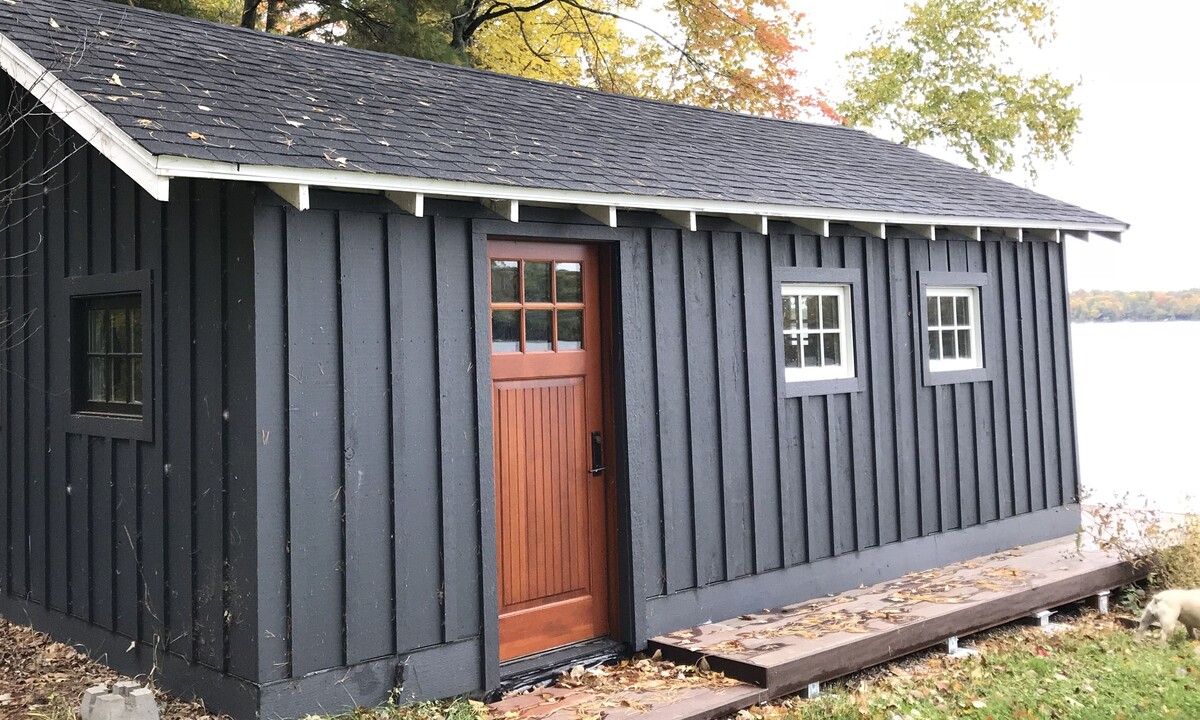

Articles
How Much Does Board And Batten Siding Cost
Modified: August 16, 2024
Looking for articles on the cost of board and batten siding? Find out the pricing details and factors to consider in this informative guide.
(Many of the links in this article redirect to a specific reviewed product. Your purchase of these products through affiliate links helps to generate commission for Storables.com, at no extra cost. Learn more)
Introduction
Welcome to the world of board and batten siding! If you’re considering giving your home a fresh and unique look, board and batten siding might just be the answer. Not only does it provide an aesthetic appeal with its distinctive vertical lines, but it also offers durability and protection for your home’s exterior. In this article, we will explore the ins and outs of board and batten siding and delve into the factors that influence its cost.
Board and batten siding is a type of cladding that has been used for centuries. Originally, it was mainly used in barns and other agricultural structures. However, over time, it has made its way into residential homes, becoming an increasingly popular choice for homeowners looking to add character and charm to their properties.
One of the reasons for the popularity of board and batten siding is its versatility. It can be installed on a variety of architectural styles, from modern to rustic. The traditional design consists of wide vertical boards (the “boards”) with narrower strips called “battens” overlaying the seams for added visual interest. This combination creates a visually appealing contrast and gives the siding depth and texture.
In addition to its aesthetic appeal, board and batten siding also offers functional benefits. The vertical design helps to shed water, which is particularly useful in regions with heavy rainfall or snowfall. Furthermore, the overlapping boards and battens provide an additional layer of insulation, helping to regulate the temperature inside your home and potentially reducing energy costs.
Now that we have an understanding of the basics of board and batten siding, let’s dive into the factors that can influence its cost. By understanding these factors, you can make an informed decision and determine how much board and batten siding will cost for your specific project.
Key Takeaways:
- Board and batten siding offers a visually appealing and durable option for homeowners, providing protection and insulation. However, it’s crucial to consider maintenance requirements and potential costs when making a decision.
- When considering board and batten siding, it’s important to weigh the pros and cons, factor in additional costs, and explore cost-saving opportunities. By doing so, homeowners can make informed decisions that align with their aesthetic preferences and budget.
Read more: What Is Batten Board Siding
Overview of Board and Batten Siding
Board and batten siding is a type of exterior cladding that adds charm and character to any home. It is characterized by its unique vertical design, consisting of wide boards and narrow battens.
The boards in board and batten siding can be made from various materials, including wood, fiber cement, vinyl, or engineered wood. Each material has its own advantages and considerations, such as durability, maintenance requirements, and cost.
Wood board and batten siding is a popular choice due to its natural beauty and versatility. It can be stained or painted in a range of colors to suit your aesthetic preferences. However, wood siding requires regular maintenance, such as sealing and repainting, to protect it from moisture and pests.
Fiber cement board and batten siding is another popular option. It is made from a mixture of cement, sand, and cellulose fibers, resulting in a durable and low-maintenance material. Fiber cement siding is resistant to rot, insects, and fire, making it an excellent choice for homeowners looking for a long-lasting solution.
Vinyl board and batten siding is known for its affordability and ease of maintenance. It is resistant to fading, cracking, and warping, making it a low-maintenance option for homeowners who prefer a hassle-free exterior. However, vinyl siding may not have the same natural look and feel as wood or fiber cement.
Engineered wood board and batten siding combines the aesthetic appeal of natural wood with the durability of engineered materials. It is made by bonding wood strands or fibers together under high pressure and using adhesive resins. Engineered wood siding is designed to resist rot, insects, and moisture, providing a long-lasting and low-maintenance solution.
Board and batten siding can be installed vertically or horizontally, depending on your preference and the architectural style of your home. The vertical design creates a sense of height and elegance, while the horizontal installation gives a more modern and streamlined appearance.
Overall, board and batten siding is a versatile and visually appealing option for homeowners seeking to enhance the look and value of their homes. Its unique design, variety of material options, and customizable installation make it a popular choice across different architectural styles. Now that we have a good understanding of board and batten siding, let’s explore the factors that can influence its cost.
Factors Influencing the Cost of Board and Batten Siding
Several factors come into play when determining the cost of board and batten siding installation. By understanding these factors, you can better estimate the overall expenses and budget for your project. Here are the key factors that can influence the cost of board and batten siding:
- Material: The type of material you choose for your board and batten siding will have a significant impact on the overall cost. Wood siding tends to be more expensive compared to vinyl or fiber cement. Engineered wood siding falls somewhere in between in terms of cost.
- Siding Grade: Different grades of board and batten siding are available, which vary in quality and appearance. Higher-grade siding will typically have a higher price tag, as it offers better durability and aesthetics.
- Size of the Home: The size of your home plays a crucial role in determining the cost of board and batten siding installation. Larger homes will require more materials and labor, leading to higher costs.
- Removal of Existing Siding: If you’re replacing old siding with board and batten, the cost will be higher due to the additional labor and disposal fees associated with removing the existing siding.
- Labor Costs: The cost of labor can vary depending on your location and the complexity of the installation. Higher labor costs may be associated with factors such as difficult access to the exterior, multiple stories, or intricate architectural details.
- Additional Enhancements: If you choose to add any extra features to your board and batten siding installation, such as trim work, decorative accents, or insulation, it will add to the overall cost.
- Geographical Location: The cost of materials and labor can vary significantly depending on your geographical location. Factors such as availability of materials, local building codes, and competition among contractors can all influence the overall cost.
It’s important to keep in mind that these factors can vary from project to project. To get an accurate estimate, it’s advisable to consult with multiple contractors and obtain detailed quotes based on your specific requirements.
Now that we’ve explored the factors influencing the cost of board and batten siding, let’s move on to discuss the average cost of installation in the next section.
Average Cost of Board and Batten Siding Installation
The cost of board and batten siding installation can vary widely depending on the factors mentioned earlier. It’s essential to understand the average cost range to help you plan your budget effectively. Here is a breakdown of the average costs you can expect for board and batten siding installation:
Material Costs: The cost of materials for board and batten siding ranges from $4 to $10 per square foot. Wood siding tends to be on the higher end of this range, while vinyl and fiber cement are more affordable options.
Labor Costs: On average, the installation labor costs for board and batten siding range from $2 to $6 per square foot. Labor costs account for factors such as the complexity of the project, location, and the skill level of the contractor.
Total Cost: Taking into account material and labor costs, the total average cost of board and batten siding installation can range from $6 to $16 per square foot. However, it’s essential to note that these figures are estimates and prices may vary based on your specific project requirements.
By calculating the square footage of your home’s exterior and multiplying it by the estimated cost per square foot, you can get a rough estimate of the total cost for your board and batten siding installation.
It’s important to consider that additional costs may arise depending on any unique features or customization you desire. These can include insulation, trim work, window and door surrounds, and any necessary repairs or modifications to the existing structure.
Lastly, don’t forget to include the cost of permits and any applicable taxes in your budget. While these costs can vary by location, it’s crucial to factor them into your overall expenses to avoid any surprises later on.
Remember that these figures are meant to serve as a general guideline, and actual costs can vary depending on various factors. To get an accurate estimate for your specific project, it’s best to consult with experienced contractors and gather multiple quotes.
Now that we have covered the average cost of board and batten siding installation, let’s move on to discussing additional costs you should consider.
Additional Costs to Consider
When planning for your board and batten siding installation, it’s important to be aware of potential additional costs that may arise. These costs can vary depending on your specific project requirements and any unique considerations. Here are some additional costs to consider:
- Permits and Inspections: Depending on your local regulations, you may require permits for the installation of board and batten siding. Permit fees can vary, so it’s crucial to check with your local authorities and factor in these costs into your budget. Additionally, inspections may be necessary during and after the installation process, and these may incur additional fees.
- Structural Repairs: Before installing new siding, it’s important to assess the condition of your home’s exterior. If any structural repairs or modifications are needed, such as fixing rotten wood or reinforcing the underlying structure, these costs should be taken into account. It’s advisable to have a professional inspection to identify any underlying issues.
- Disposal of Old Siding: If you’re replacing existing siding, you will need to consider the costs associated with disposing of the old materials. This can include dumpster rental fees or fees for using a waste disposal service. Additionally, labor costs may be involved in properly removing and disposing of the old siding.
- Additional Preparatory Work: Depending on the condition of the exterior walls, additional preparatory work may be necessary before installing the board and batten siding. This can include tasks such as cleaning, repairing or replacing sheathing, or applying weather-resistant barriers. These additional steps can add to the overall cost of the project.
- Trim and Finish Work: Enhancing the appearance of your board and batten siding with trim work or decorative accents can add to the cost. This can include crown molding, corner boards, window and door surrounds, and other finishing touches to achieve the desired aesthetic appeal.
- Change Orders: During the course of the project, you may decide to make changes or additions to the original plan. These change orders can lead to additional costs, as they may require modifications to the materials or increase the labor involved.
- Geographical Considerations: Depending on your location, there may be additional costs associated with specific weather conditions or regional factors. For example, if you live in an area prone to severe weather, such as hurricanes or tornadoes, you may need to invest in additional reinforcement or choose materials that can withstand such conditions.
It’s essential to factor in these additional costs when budgeting for your board and batten siding installation. By being prepared and understanding all potential expenses, you can ensure that your project stays on track and within your desired budget.
Now that we have discussed the additional costs to consider, let’s explore some factors that can affect cost savings in board and batten siding installation.
When considering the cost of board and batten siding, it’s important to factor in the material, installation, and any additional expenses such as trim and paint. Get multiple quotes from reputable contractors to ensure you’re getting a fair price.
Cost Savings and Factors Affecting Them
When considering board and batten siding installation, it’s important to explore potential cost-saving options. By being mindful of these factors, you can make informed decisions that align with your budget. Here are some cost-saving opportunities to consider:
- Material Selection: Choosing the right material for your board and batten siding can significantly impact your overall costs. While wood siding offers a natural and traditional look, it tends to be more expensive compared to vinyl or fiber cement. Consider your budget and priorities when selecting the material to strike a balance between cost and aesthetics.
- Do-It-Yourself (DIY) Approach: If you have experience and the necessary skills, opting for a DIY installation can help save on labor costs. However, it’s crucial to assess your own capabilities and ensure that you have the required tools and knowledge to complete the installation effectively. Improper installation can lead to costly problems down the line, so be honest about your abilities and consider seeking professional help if needed.
- Comparing Contractor Quotes: It’s always advisable to obtain multiple quotes from reputable contractors to ensure you get a fair price for the installation. Don’t hesitate to ask questions and clarify any uncertainties regarding the scope of work, materials, and labor costs. By comparing quotes, you can potentially find cost-saving options without compromising on the quality of work.
- Careful Planning: Proper planning and organization can help avoid unnecessary expenses during the installation process. This includes accurately measuring your home’s exterior to determine the appropriate amount of siding needed. Avoiding material waste and minimizing the need for additional trips to the store can contribute to overall cost savings.
- Maintaining Existing Structures: If your home’s exterior structures, such as windows and doors, are in good condition, consider incorporating them into the new siding installation rather than replacing them. This can save on the cost of new installations and potentially reduce the scope of work required.
- Energy Efficiency Considerations: When installing board and batten siding, consider adding insulation. This can improve the energy efficiency of your home, potentially reducing heating and cooling costs in the long run. While there may be upfront costs associated with insulation, the eventual savings on energy bills can make it a worthwhile investment.
- Regular Maintenance: Once your board and batten siding is installed, regular maintenance can help extend its lifespan and prevent costly repairs. This includes cleaning the siding, inspecting for any damage, and promptly addressing any issues that arise. By taking proactive measures, you can avoid larger expenses in the future.
It’s important to keep in mind that while cost savings are essential, it’s equally important to prioritize the quality of materials and workmanship. Cutting corners to save costs can lead to subpar results and potential long-term problems. Striking a balance between cost-effectiveness and quality is crucial when planning your board and batten siding installation.
Now that we’ve discussed the factors that can affect cost savings, let’s weigh the pros and cons of board and batten siding to help you make an informed decision.
Pros and Cons of Board and Batten Siding
Pros of Board and Batten Siding
- Visual Appeal: Board and batten siding adds a unique and stylish look to any home. Its vertical design creates a sense of height and adds texture and visual interest to the exterior.
- Versatility: Board and batten siding can be installed on various architectural styles, from traditional to contemporary. It can be customized with different materials, colors, and sizes to suit your preferences and home’s aesthetic.
- Durability: Depending on the material chosen, board and batten siding can provide long-lasting durability. Fiber cement, engineered wood, and vinyl options are resistant to rot, insects, and weather-related damage.
- Protection: Board and batten siding offers an extra layer of protection for your home’s exterior. It helps shield against the elements, including wind, rain, and snow. Properly installed and maintained siding can prevent moisture penetration and potential damage to the underlying structure.
- Insulation: The overlapping boards and battens in board and batten siding provide additional insulation. This can help regulate indoor temperatures, improve energy efficiency, and potentially reduce heating and cooling costs over time.
Cons of Board and Batten Siding
- Maintenance: Some materials, such as wood siding, require regular maintenance to protect against moisture, insects, and rotting. This can include staining or painting, as well as periodic inspection and maintenance tasks.
- Cost: The cost of board and batten siding and its installation can be higher compared to other siding options. Factors such as material selection, size of the home, and labor costs can influence the overall expense.
- Time-consuming Installation: Installing board and batten siding can be more time-consuming compared to other siding options due to the vertical orientation and overlapping boards. This can result in a longer installation period and potentially higher labor costs.
- Limited Design Options: While board and batten siding is versatile, it may not offer as many design options compared to some other siding styles. The traditional vertical design may not suit every homeowner’s preferences or architectural style.
- Noise Consideration: The vertical design of board and batten siding may amplify noise during heavy rainfall or hailstorms. This may be a consideration for homeowners living in regions with frequent extreme weather conditions.
It’s important to consider both the pros and cons of board and batten siding when making a decision for your home. Assess your specific needs, budget, and aesthetic preferences to determine whether board and batten siding is the right choice for you.
Now that we’ve explored the pros and cons, let’s conclude our discussion on board and batten siding.
Read more: How Much Does Wood Siding Cost
Conclusion
Board and batten siding is a visually appealing and versatile option for homeowners looking to enhance the exterior of their homes. With its distinctive vertical design and customizable material options, board and batten siding can add character and charm to any architectural style.
While board and batten siding offers many benefits, such as durability, protection, and insulation, it’s essential to consider the potential drawbacks, including maintenance requirements and cost. By weighing the pros and cons and considering factors such as material selection, labor costs, and additional expenses, you can make an informed decision that aligns with your aesthetic preferences, budget, and long-term goals.
When planning for board and batten siding installation, it’s crucial to research reputable contractors, obtain multiple quotes, and carefully evaluate your specific project requirements. This will help ensure that you get the best value for your investment and achieve the desired outcome.
Remember to factor in additional costs such as permits, disposal fees, and maintenance when budgeting for your project. By being prepared and proactive, you can avoid unexpected expenses and maintain the longevity and beauty of your board and batten siding.
In conclusion, board and batten siding can transform the look of your home and offer both aesthetic appeal and functional benefits. By understanding the cost factors, considering cost-saving opportunities, and weighing the pros and cons, you can confidently embark on your board and batten siding journey.
Whether you choose the timeless charm of wood siding or the low-maintenance durability of fiber cement or vinyl, board and batten siding has the potential to enhance the curb appeal and value of your home for years to come.
Frequently Asked Questions about How Much Does Board And Batten Siding Cost
Was this page helpful?
At Storables.com, we guarantee accurate and reliable information. Our content, validated by Expert Board Contributors, is crafted following stringent Editorial Policies. We're committed to providing you with well-researched, expert-backed insights for all your informational needs.
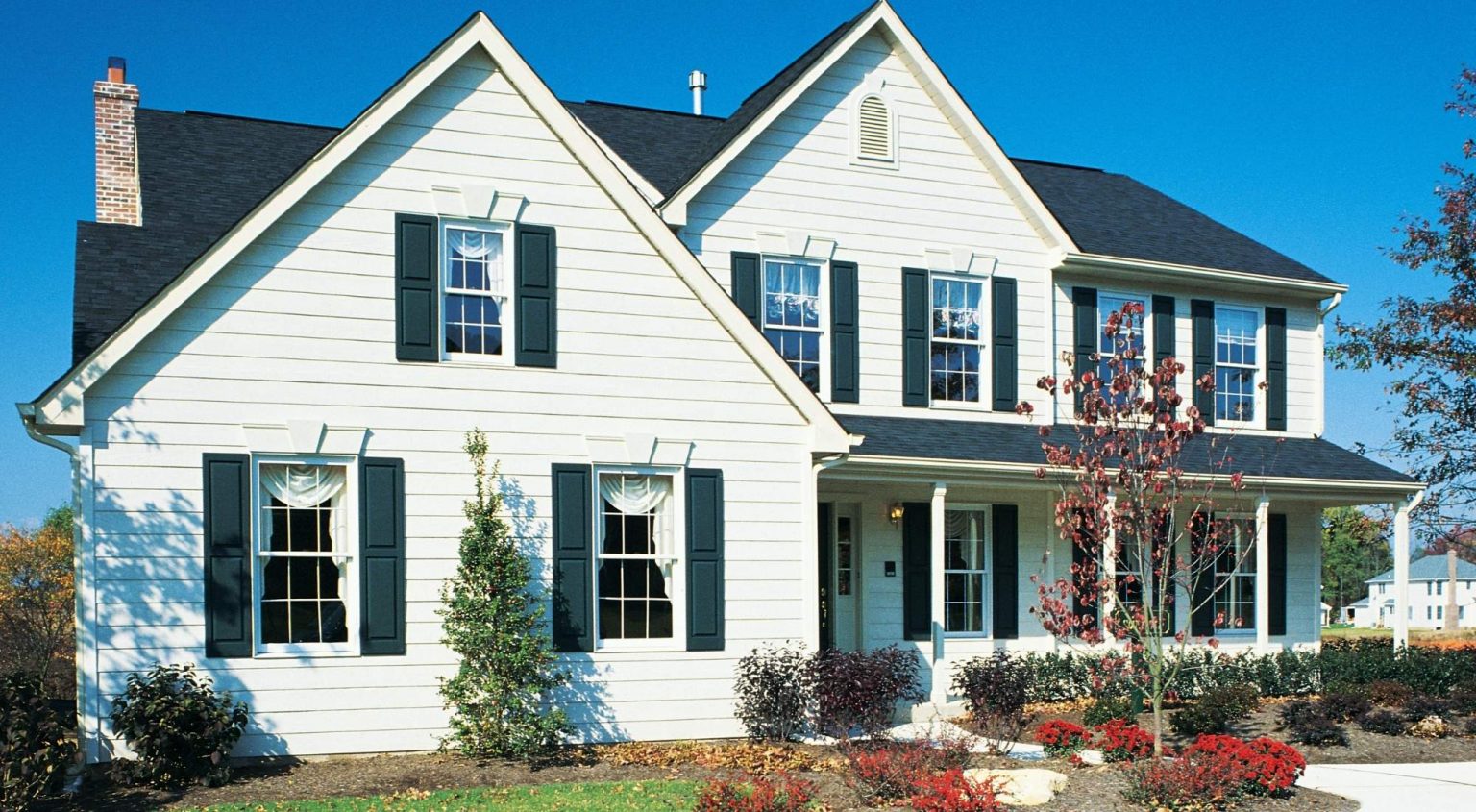
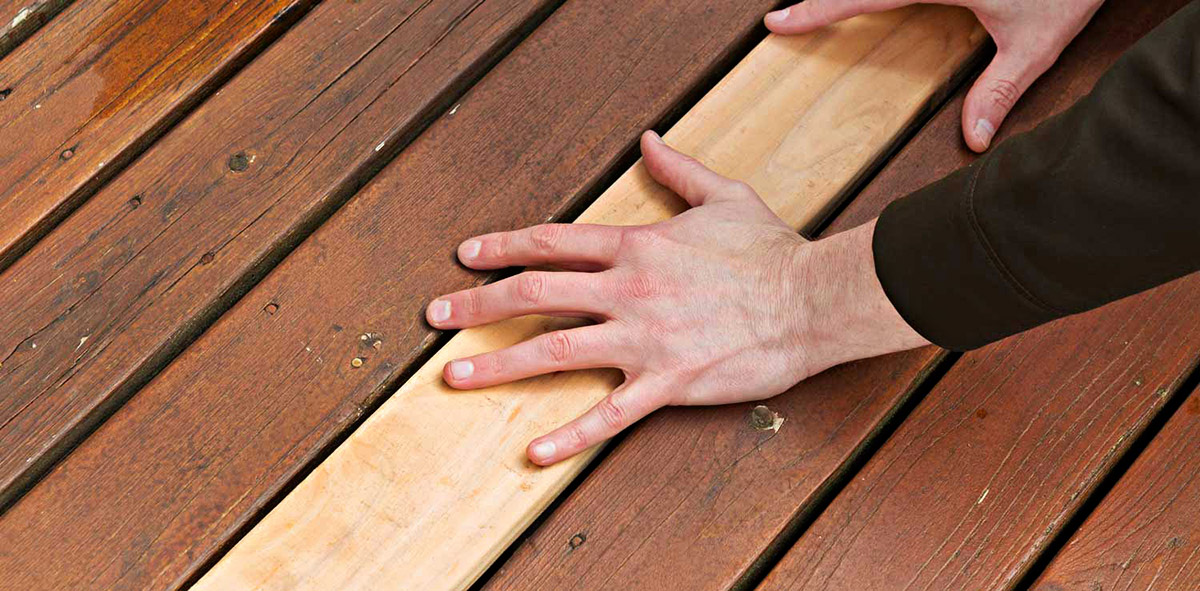
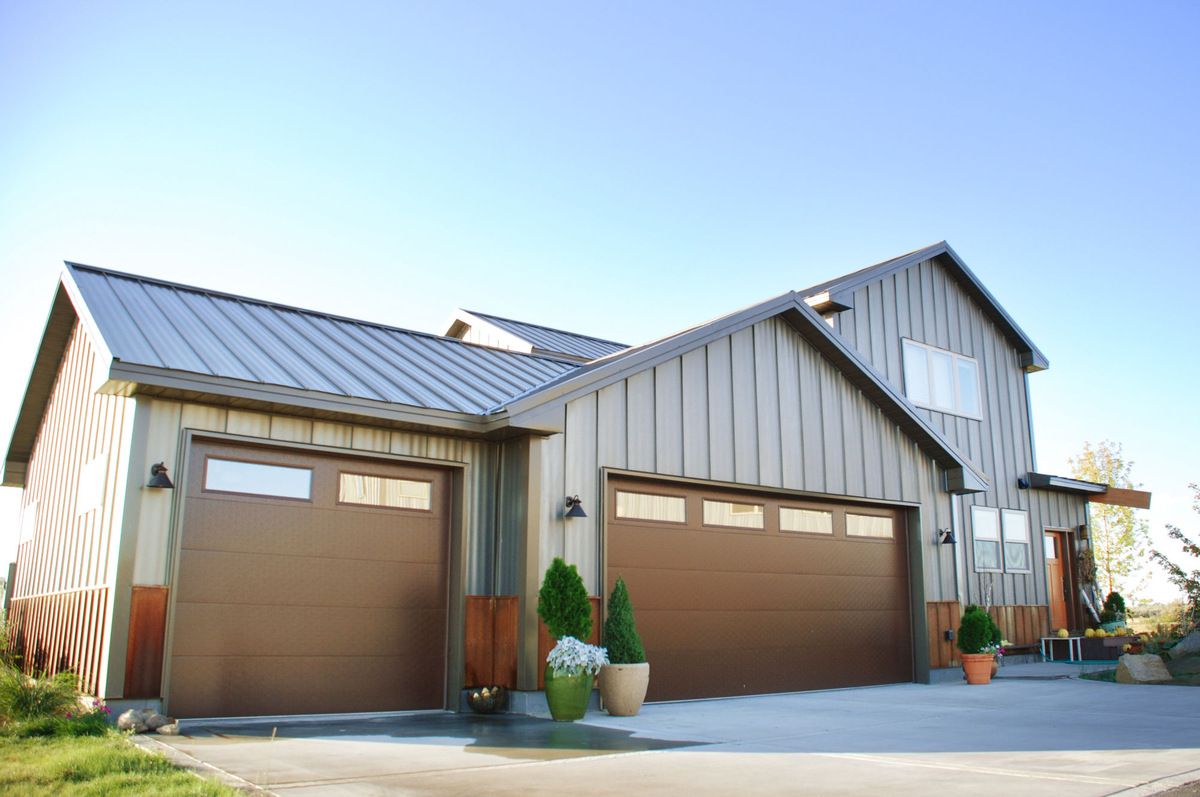
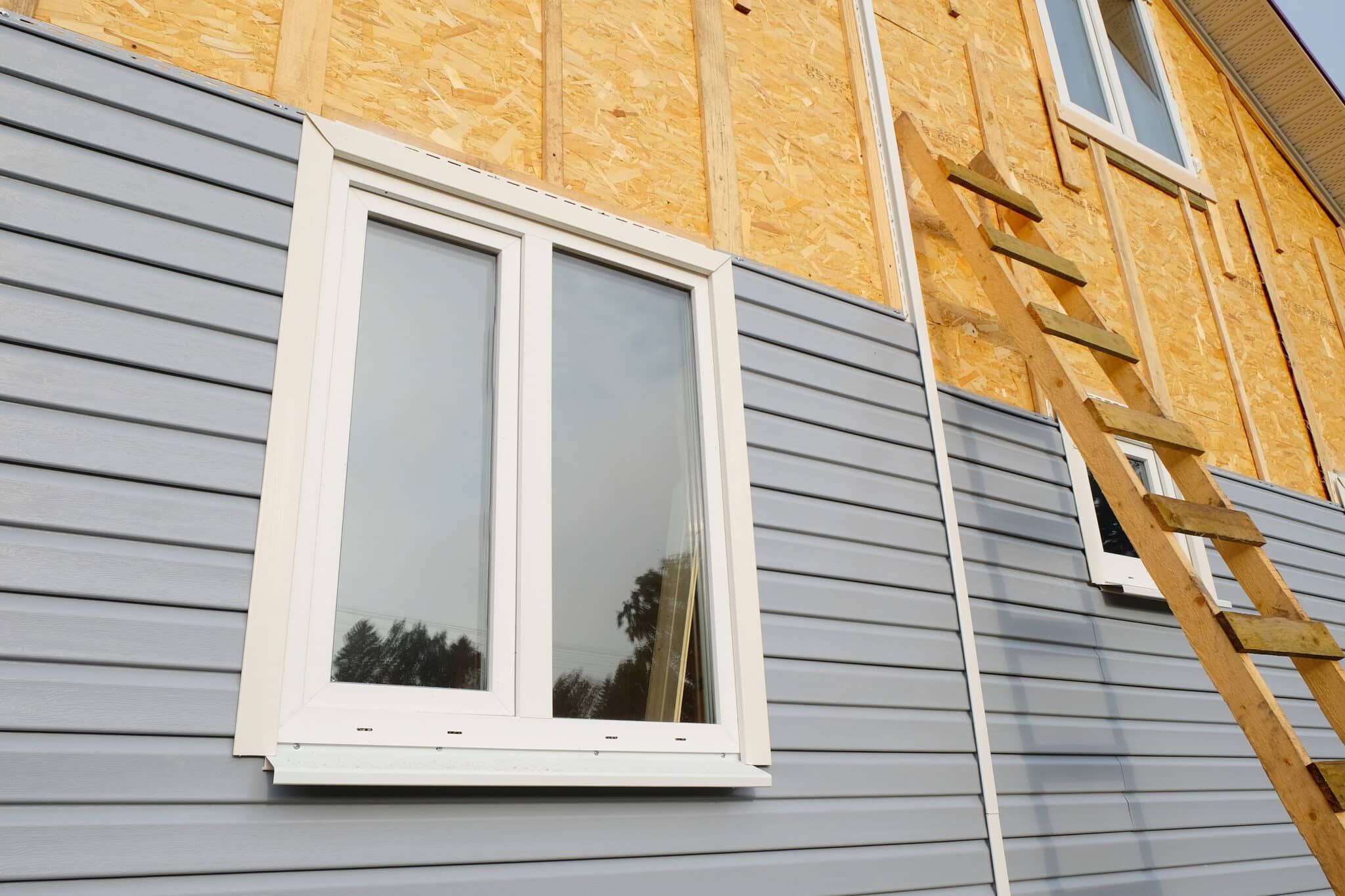
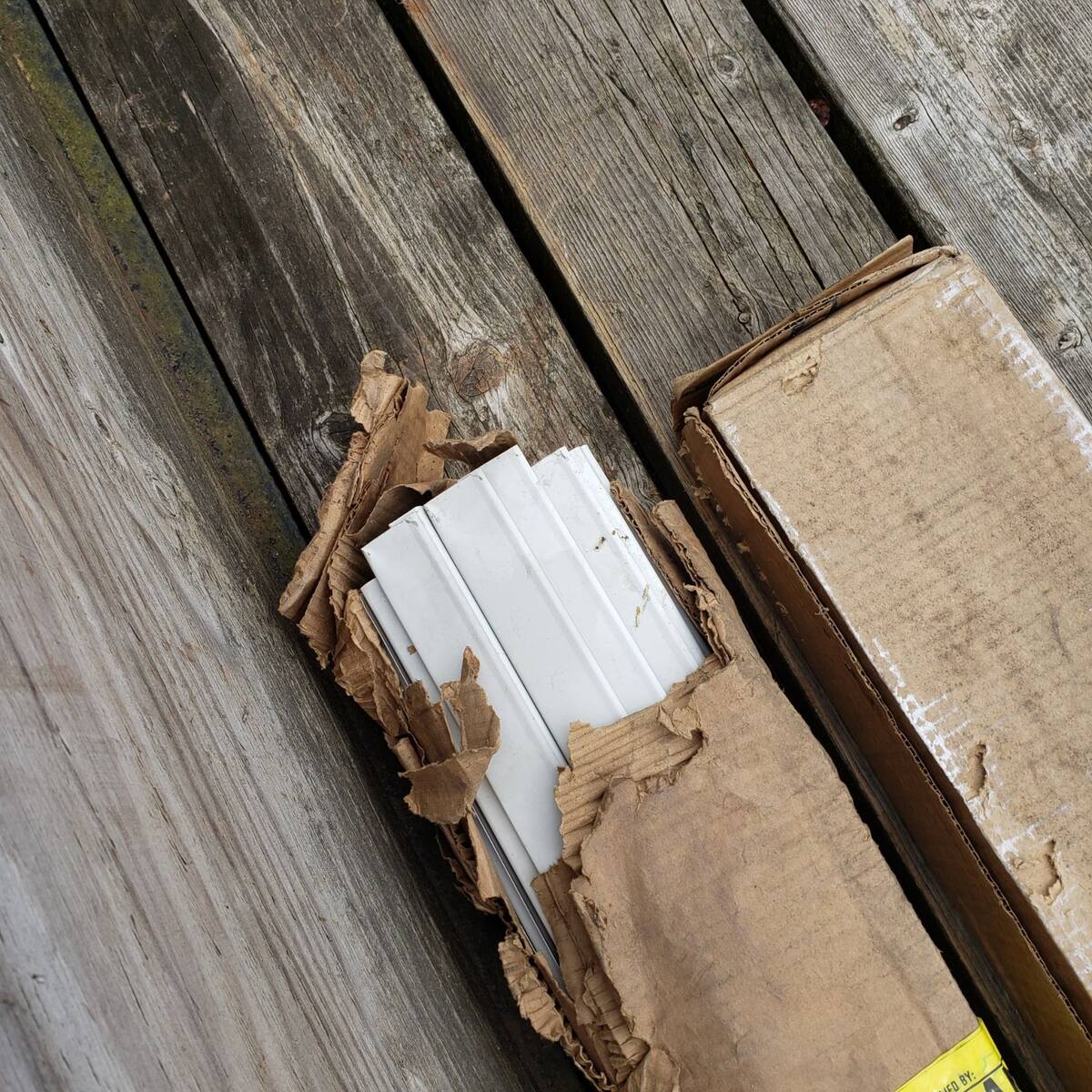
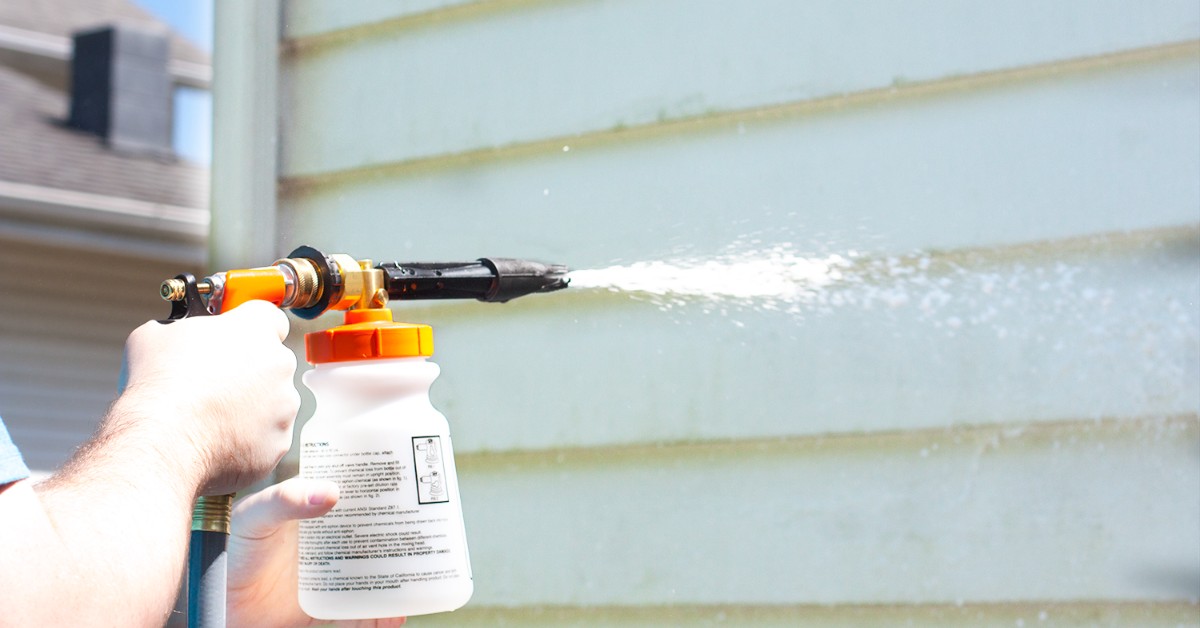
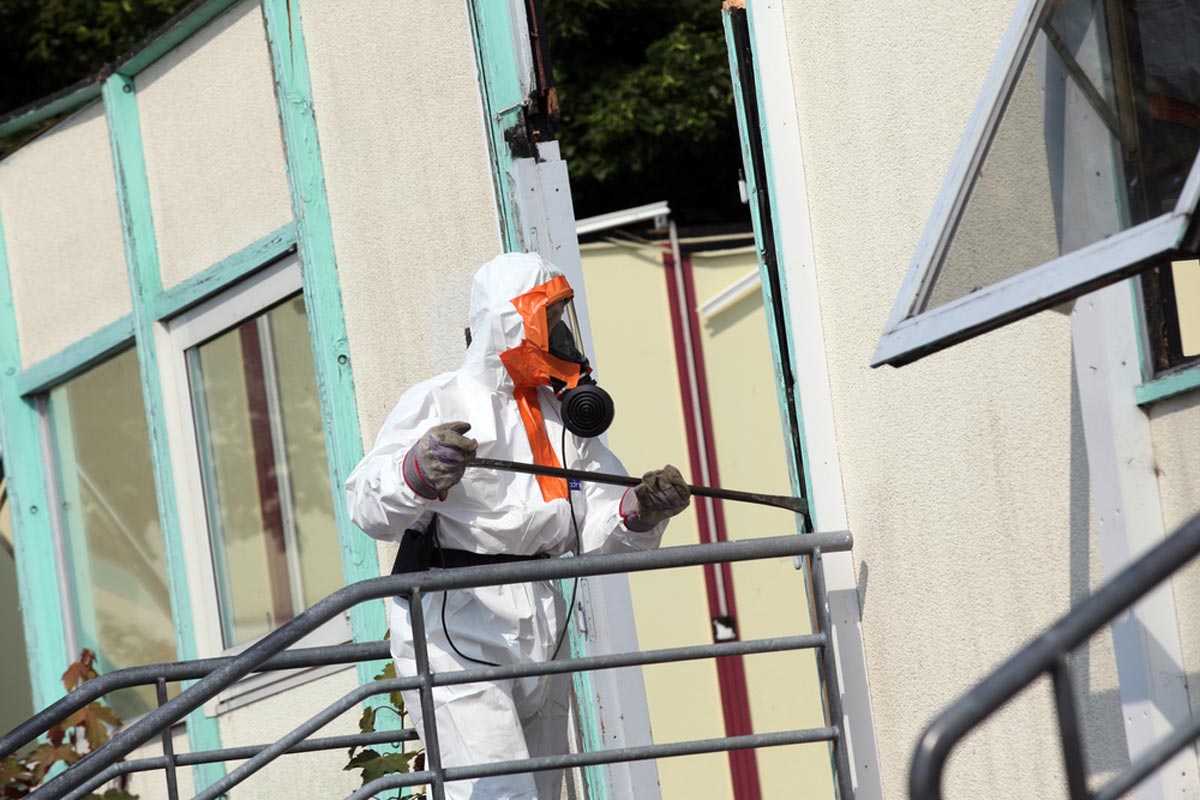

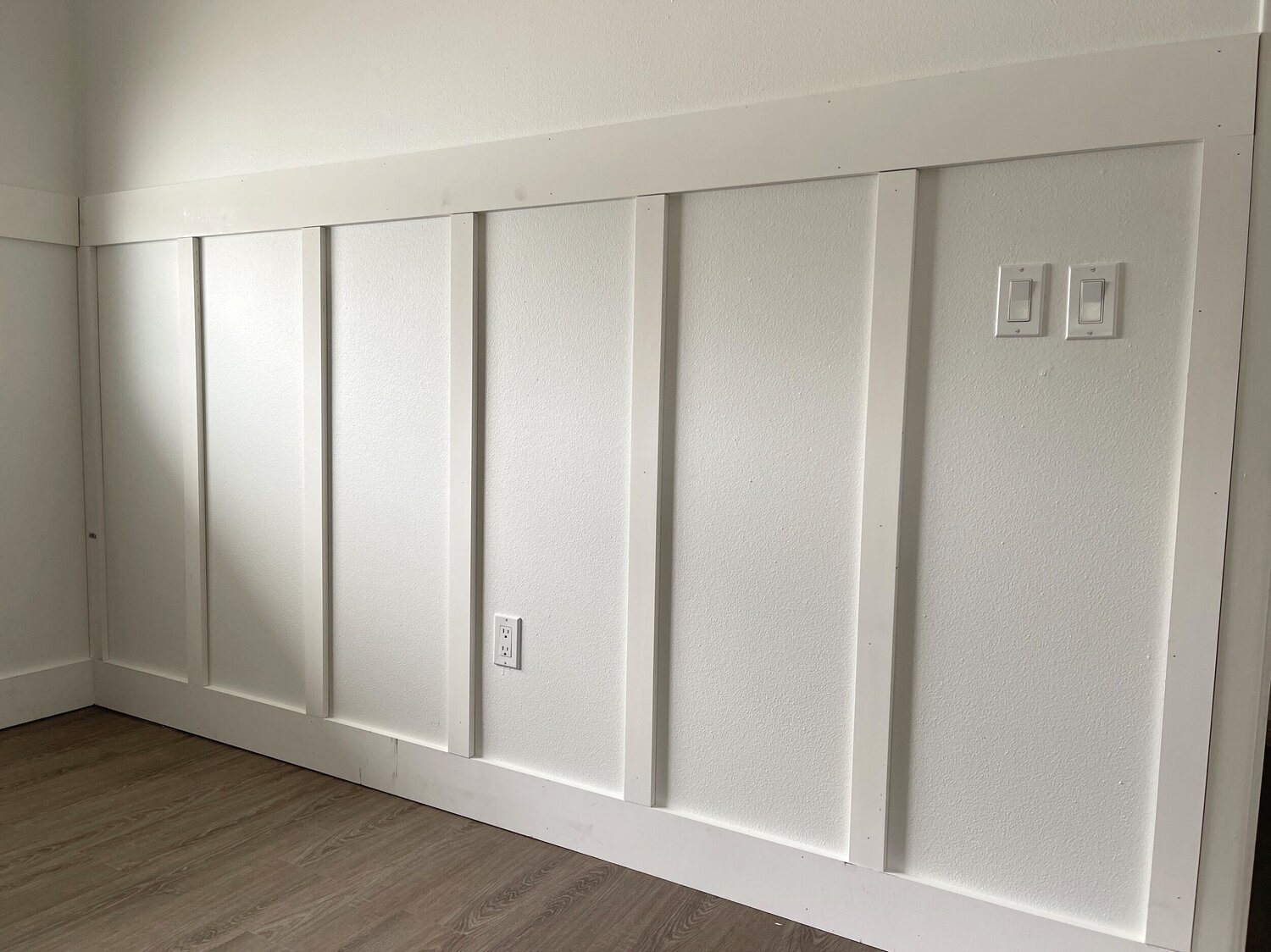

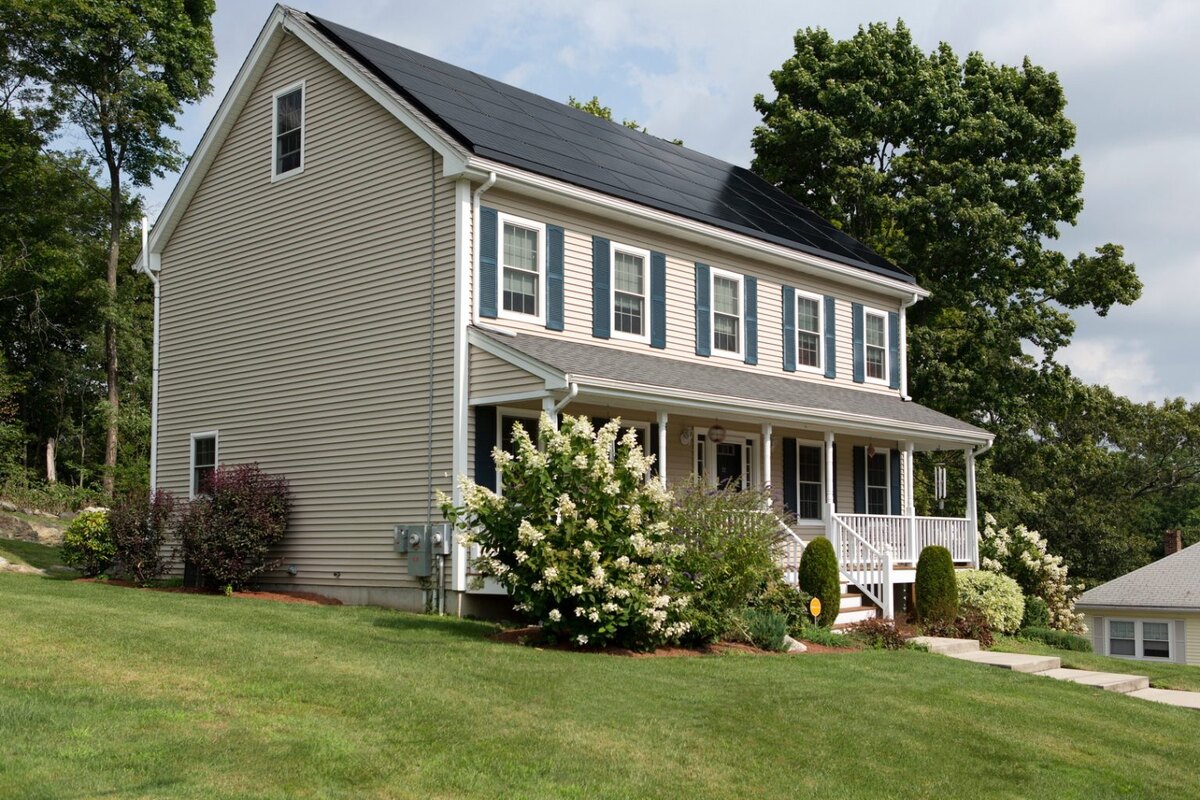
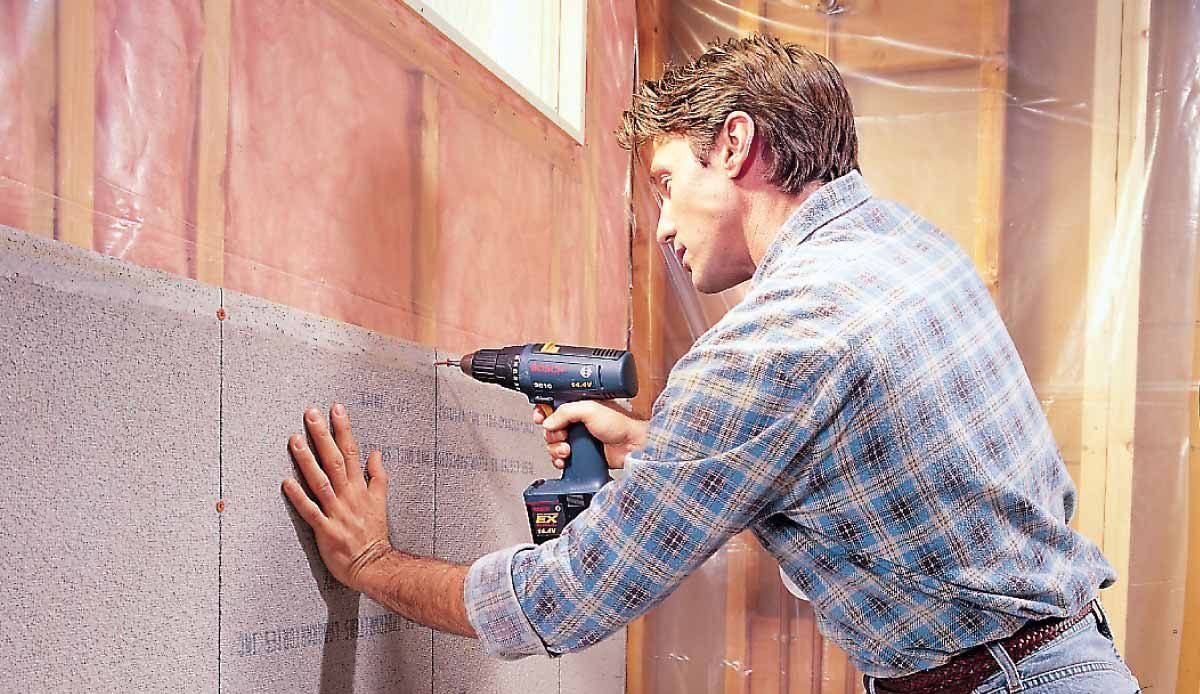
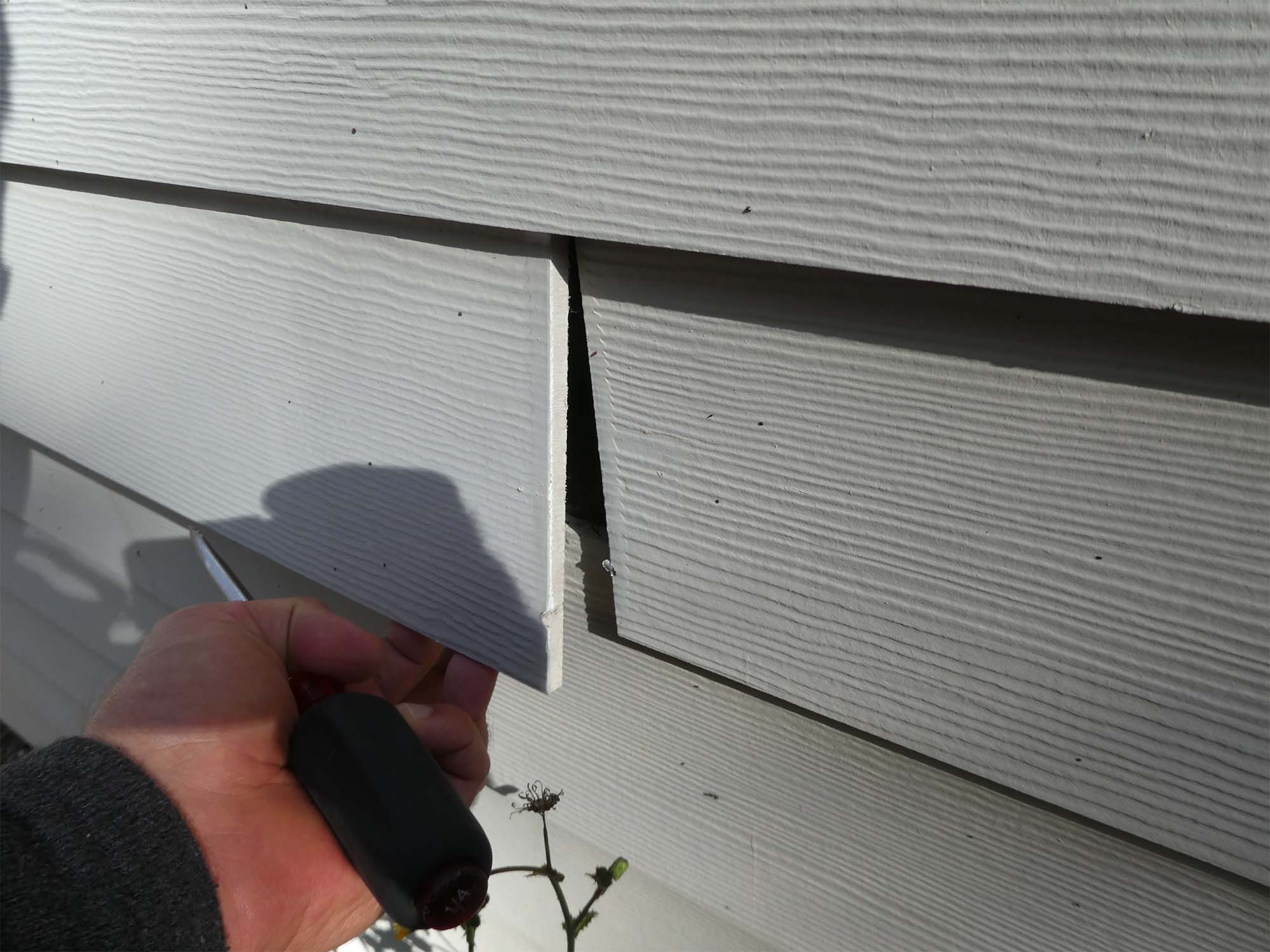

0 thoughts on “How Much Does Board And Batten Siding Cost”